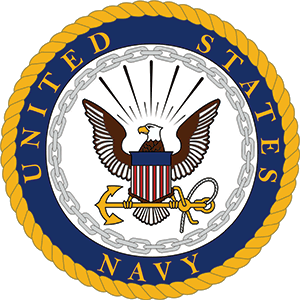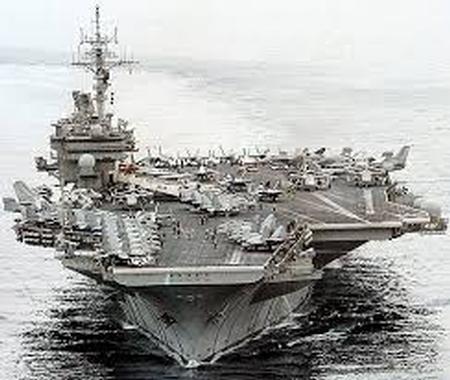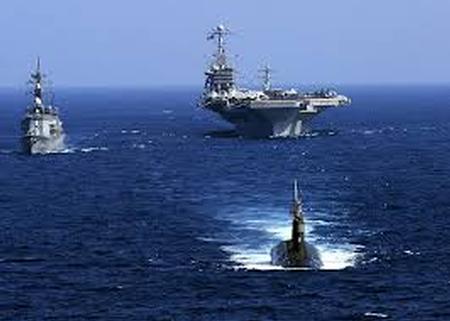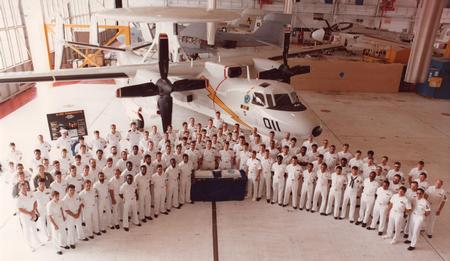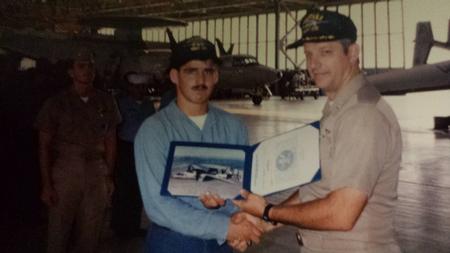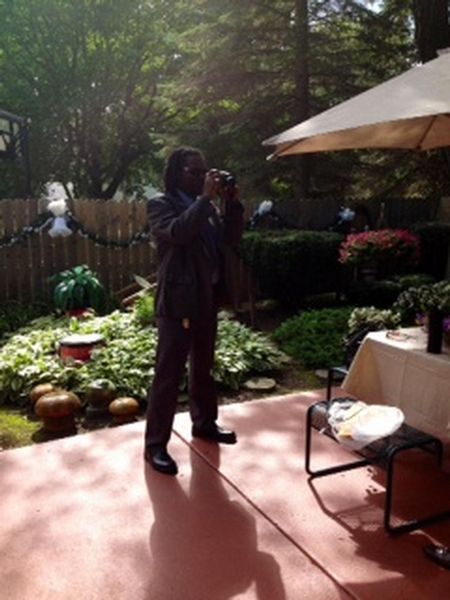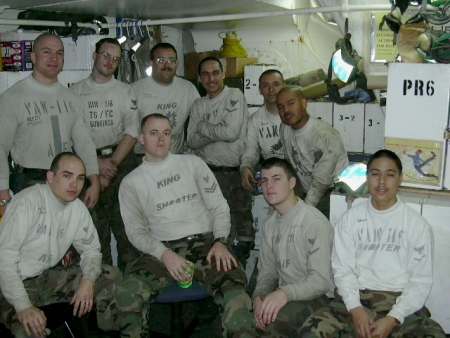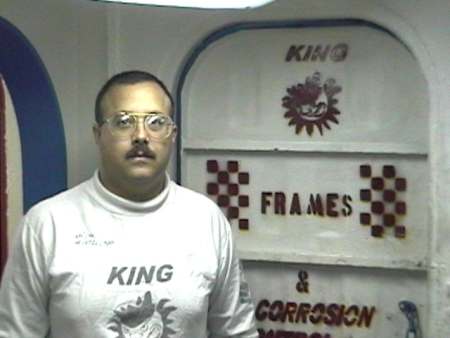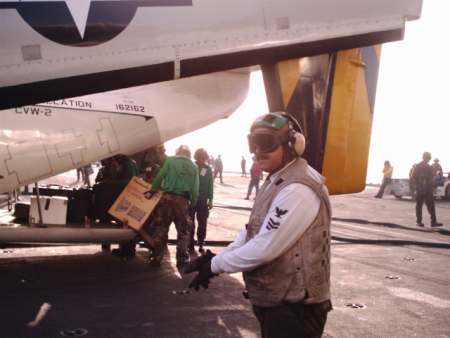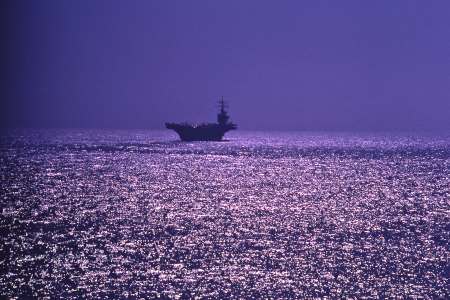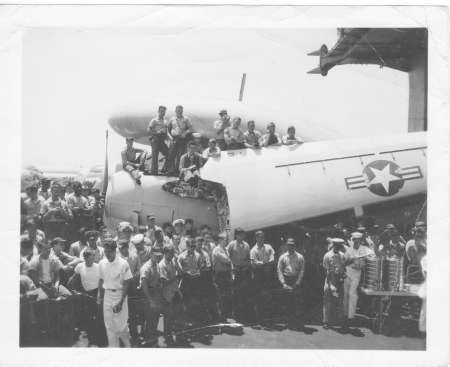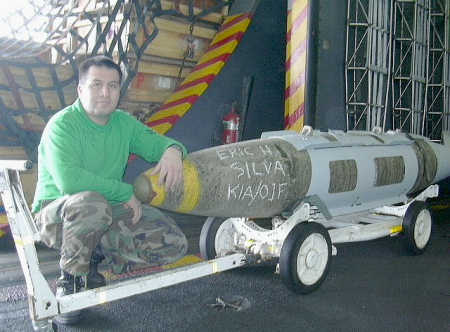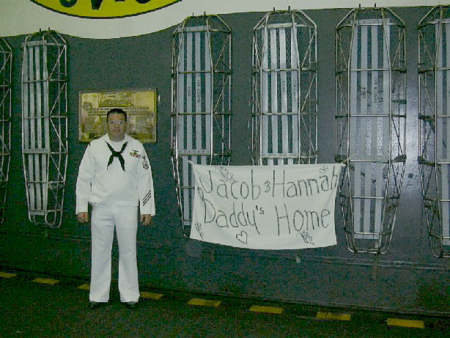ABOUT VAW-11
- Origins and Activation: Carrier Airborne Early Warning Squadron 11 (VAW-11), known as the "Early Elevens," was established on 6 March 1949 at NAS North Island, California, marking the U.S. Navy’s early commitment to airborne early warning (AEW) capabilities after World War II.
- First AEW Aircraft: VAW-11 initially operated the TBM-3W Avenger, one of the first aircraft designed for the AEW role, equipped with a belly-mounted radar.
- Nickname and Insignia: The squadron’s nickname, “Early Elevens,” reflected their pioneering role in AEW. Their distinctive squadron patch featured a bat carrying a radar dish, symbolizing night surveillance and detection.
- Transition to Advanced Aircraft: Over its history, VAW-11 transitioned through several AEW aircraft, including the AF-2W Guardian, the Grumman WF-2 (later E-1B) Tracer, and was among the first to operate the E-2 Hawkeye prototype.
- Cold War Role: During the Cold War, VAW-11 provided critical AEW support to the U.S. Pacific Fleet, deploying detachments aboard numerous Essex and later supercarriers, enhancing fleet defense against potential Soviet threats.
- Cuban Missile Crisis: VAW-11 detachments played an integral role in surveillance and airspace control during the Cuban Missile Crisis in 1962, supporting quarantine and reconnaissance operations.
- Vietnam War Operations: The squadron’s detachments routinely deployed to the Gulf of Tonkin, where their AEW aircraft controlled airstrikes, coordinated search and rescue, and managed airspace traffic during the Vietnam War.
- “Detachment System”: VAW-11 pioneered the “detachment” concept, splitting into smaller units assigned to different carriers, a model still used by modern VAW squadrons today.
- Squadron Split and Legacy: On 1 April 1967, VAW-11 was disestablished and split into several independent squadrons, including VAW-111 and VAW-112, whose lineages carry on the traditions of the original "Early Elevens."
- Contributions to Modern AEW: The operational concepts, tactics, and procedures developed by VAW-11 laid the foundation for today’s carrier-based E-2 Hawkeye squadrons, making them a cornerstone of U.S. Navy battle group defense and command-and-control operations.

